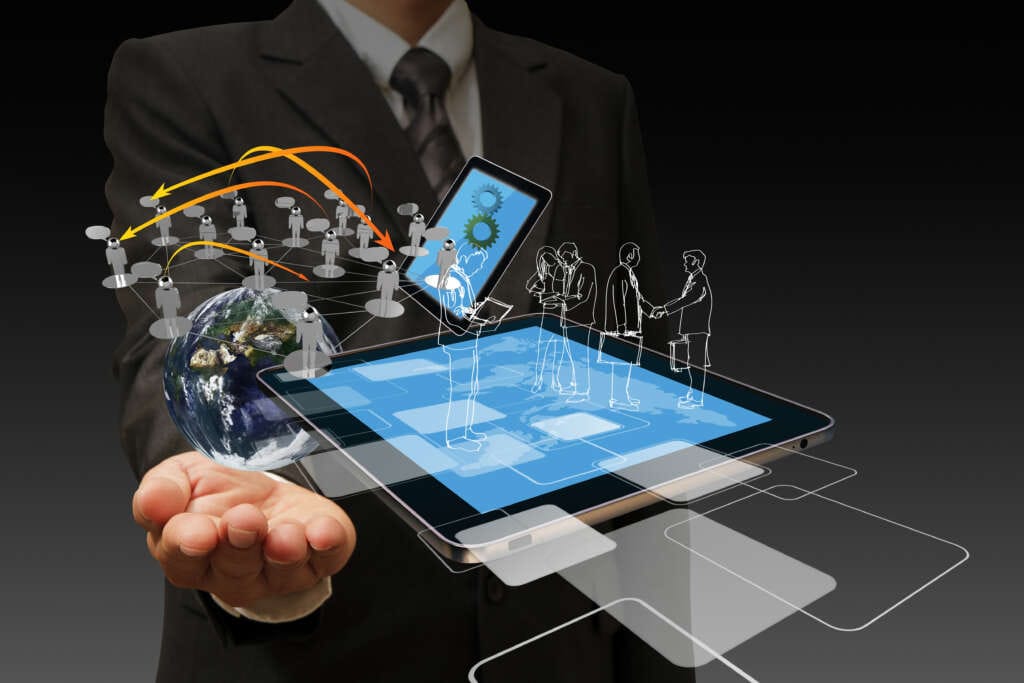

Ben Pocock, IoT Product Specialist at Connexin discusses how IoT and smart technologies is changing sectors and society for the better
The Internet of Things (IoT) has been talked about for a long time as the answer to effective data management but was often dismissed. Some viewed it as not being a mature offering, that the complexity brought inherent risk or that it was too expensive.
The reality is, IoT has matured and is now easily scalable at a price point that no longer requires cross subsidisation to be delivered. Business cases are being developed for transitioning services across multiple sectors and organisations are starting to see a return on investment through the delivery of operational gains.
Today, IoT is weaved throughout many industries, transforming sectors and industries into smart ones, and enabling better communication of information. From sensors which can detect air pollution levels in real time, to monitoring the elderly in care homes, it is evident that IoT is the versatile system needed in the era of interconnectivity.
IoT can help make environments and services more effective for those they serve, keeping people safe and making lives easier. The key is building these solutions around the community it affects.
Building smarter cities for the future
Whilst IoT has infiltrated most corners of life in some way, its implementation in the creation of smart cities is probably what it is best known for.
Making cities smarter involves building sustainable, programmable infrastructure for the present and future, addressing future challenges, driving economic savings, and promoting a better quality of life with environmental improvement. Although it may sound complex, IoT focuses on helping cities – and other communities – harness the power of their data to change the way services are delivered to make them more liveable for all.
The focus recently has been the link between 5G and smart cities, where 5G will be able to serve the high bandwidth connectivity future applications will demand. For example, applications linked to augmented reality (AR) will benefit from this connectivity and in turn, attract visitors to towns and cities with the likes of immersive theatre shows that enhance user experience.
Simultaneously, many cities have already begun their journey to becoming smarter by deploying low powered LoRaWAN networks which are gathering thousands of new IoT driven data sets to combine with existing council data, providing alternative approaches to citizen experiences.
However, it is important to remember that technology is just the enabler. For smart cities to become a reality, local governments need to become citizen centric and create people-based outcomes. Using technology to make those smart data driven decisions solidify without letting the technology become the fixation.
Making utilities smart through collaboration
As IoT and the concept of smart has developed, the attention has turned onto utilities and how providers can manage their assets to provide the best service to customers and meet ever stretching targets.
One development that has come from this is smart water networks, which embrace the customer-centric nature of IoT systems to deploy smart meters which capture important data on leakages and other issues.
Through working with councils and other service providers to gain access to infrastructure to install tools such as smart sensors, utility providers are now able to implement the smart technologies and IoT solutions that allow them to monitor water networks and gather data to produce real benefits including meeting environmental standards and producing a return on investment for stakeholders.
Revolutionising healthcare with smart hospitals
Healthcare is another sector which has fully embraced the idea of smart technology with a range of innovative systems that utilise artificial intelligence (AI) for better care and diagnosis.
Accelerated by the pandemic, new solutions such as home monitoring and video consultations have come to the fore to create a safer, more efficient healthcare ecosystem for staff and patients alike.
Now, IoT has enabled bigger healthcare settings, such as hospitals, to meet the demand faced by staff every day and provide the level of care each patient wants and deserves.
These solutions can do this, by improving the entire healthcare journey, from directing patients to the nearest car parking space to the department they are visiting, through to robotic surgery. To make an environment smart, it must begin with the customer in mind.
IoT also has the potential to help tackle the issue of workforce shortages, which has become increasingly prevalent over the years for the NHS. With a growing population comes increased demand for hospital services, and whilst overseas recruitment campaigns help close the gap, the model is unsustainable currently in the current situation. To alleviate demand on existing NHS staff, smart solutions such as AI can help hospitals streamline and automate many of the more mundane admin processes, freeing up time for staff to complete other meaningful tasks.
But it does not end here. Hospitals are continuing to integrate further smart technology such as machine learning to help aid diagnoses and medical interventions to reduce delays, automating admission and discharge, and transforming the buildings with the right digital infrastructure. As, with the best internet connectivity, healthcare buildings are opened to a wealth of efficient technologies such as energy monitor sensors which can operate across primary and secondary care to optimise patient flow. It is in investing in such technologies and understanding how they provide the needs of the people they serve, that IoT truly flourishes.
Technology has revolutionised the way our society has operated for generations and now is the time for IoT through smart technologies to become a part of this journey. Through putting societal needs at the forefront of its development and implementation, sectors and industries across all areas have the opportunity to create a smart, connected future that benefits everyone.


